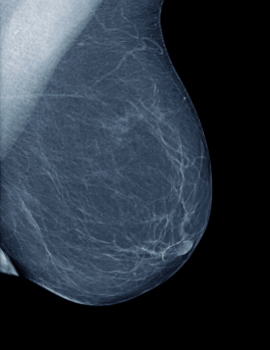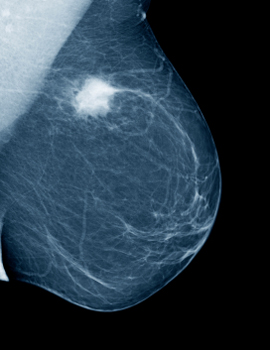Your Cancer Survival Plan: “Life After Treatment” Programs That Help You Cope
 Once we have been declared cancer free, we may think that we’re all done. It’s over. Yay, right? In a way, it is, but only one part of the journey. I know from my own experience, from having watched my father go into remission five times, and from the stories I’ve heard from other survivors that “surviving” isn’t an ending—it’s really a new beginning. After all, cancer leaves us with a body we no longer understand. We may have scars, missing parts, swelling, unexplained aches and pains, numbness, and fatigue. Emotionally we feel like we’ve been through a war. The rush of treatment is over and suddenly all the fear, sadness, and loss bubble to the surface. “Who am I now?” and “What just happened to me?” are some of the questions I asked myself after surviving cancer at 16 years old.
Once we have been declared cancer free, we may think that we’re all done. It’s over. Yay, right? In a way, it is, but only one part of the journey. I know from my own experience, from having watched my father go into remission five times, and from the stories I’ve heard from other survivors that “surviving” isn’t an ending—it’s really a new beginning. After all, cancer leaves us with a body we no longer understand. We may have scars, missing parts, swelling, unexplained aches and pains, numbness, and fatigue. Emotionally we feel like we’ve been through a war. The rush of treatment is over and suddenly all the fear, sadness, and loss bubble to the surface. “Who am I now?” and “What just happened to me?” are some of the questions I asked myself after surviving cancer at 16 years old.Fortunately, there is help. Many cancer centers, realizing that the struggle doesn’t end once the radiation stops, are creating survival programs that help people cope with the changes they face after treatment is over. The Cancer Wellness Center at Piedmont Health Care is one of them, helping survivors cope with programs like yoga, music and art therapy, social events, and massage. Doors are open to all cancer patients and survivors, no matter where they received treatment. Georgia Cancer Specialists, a Top 10 private cancer practice in the U.S., has implemented a “Life After Treatment” program to help patients cope with post-treatment doctor’s visits, tests, and concerns like fatigue and hair loss for months to years after treatment is over.
The Winship Cancer Institute is working on a similar program to offer follow-up care. They plan to implement a volunteer program that will match newly diagnosed patients with survivors, as well as offer treatment for the various long-term side effects of chemotherapy and radiation. “It is important to understand that it takes time to recover and adjust to life after a cancer diagnosis,” Winship’s site says. “Determining what is the new normal may take some time.”
The Nebraska Medical Center in Omaha, Nebraska offers a survivorship program that “helps address the physical and emotional challenges the cancer survivor experiences.” The Dana-Farber Cancer Institute in Boston provides the “Perini Family Survivor’s Center” to help survivors “access post-treatment follow-up care, including counseling and monitoring of long-term side effects of treatment.” They even include a specialized survivor program for children.
The list goes on. In fact, these programs are becoming so popular that you’re likely to find one at a cancer center or hospital near you. The point is that experts around the nation, from doctors to counselors to oncologists to survivors themselves, all realize that surviving cancer is a task best tackled with help and support from others.
“Far too many distressed cancer survivors are left to suffer alone,” said Mike Hobday, head of Macmillan Cancer Support. “It’s great that people are surviving cancer, but we cannot dessert them after their initial treatment is over.”
Fortunately, more survivor programs are in the works. Whether or not you have one available to you, realize that your journey doesn’t end when treatment stops. Seek support from counselors, support groups, nutritionists, massage therapists, acupuncturists, financial counselors, or whatever you need.
“Whether you are coping with the debilitating effects of therapy or you have no external physical evidence of the disease, research validates what you already know: cancer causes change,” writes Sherri Magee and Kathy Scalzo in Picking Up the Pieces. “Once your cancer treatments have ended, you face the challenging task of picking up the pieces of your life and putting them back together again.”





 By Melanie Bone, MD, PA
By Melanie Bone, MD, PA

 Winter sports enthusiasts are at increased risk for overexposure to the sun's ultraviolet (UV) radiation. The combination of higher altitude and UV rays reflected by the snow puts skiers and snowboarders at an increased risk of sun damage, and ultimately skin cancer. More than 90 percent of all skin cancers are associated with sun exposure.
Winter sports enthusiasts are at increased risk for overexposure to the sun's ultraviolet (UV) radiation. The combination of higher altitude and UV rays reflected by the snow puts skiers and snowboarders at an increased risk of sun damage, and ultimately skin cancer. More than 90 percent of all skin cancers are associated with sun exposure.